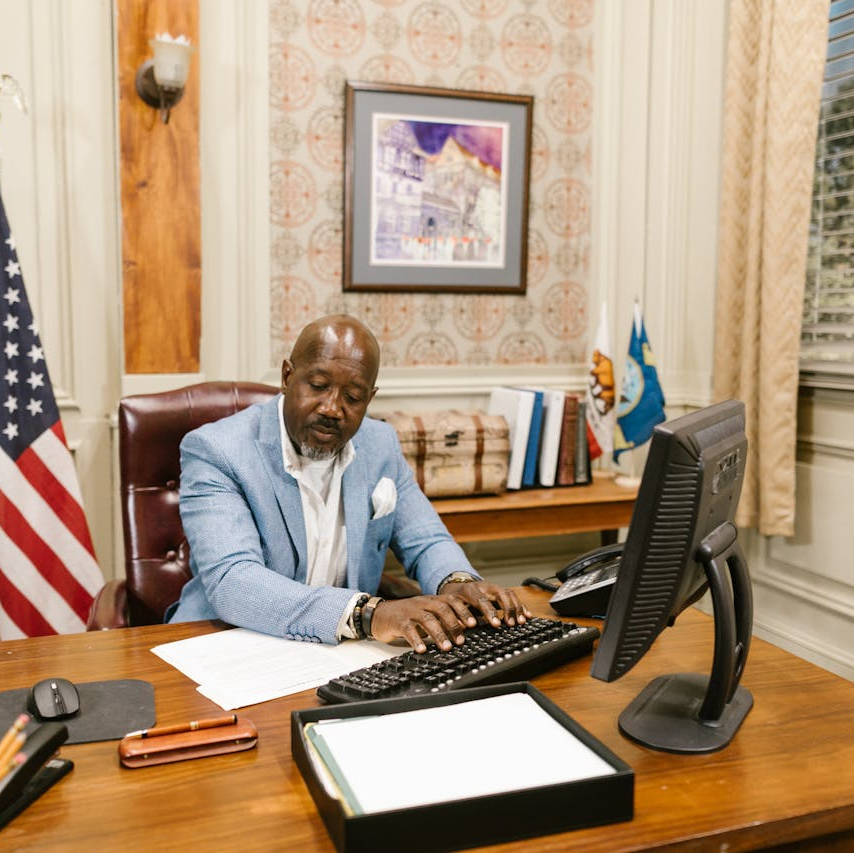Key Takeaways
-
If you’re a CSRS retiree or planning to retire under the Civil Service Retirement System, a little-known rule regarding deposits for non-deduction service after 1988 could significantly reduce your pension.
-
Ignoring this deposit rule—or misunderstanding it—can quietly erode what you expected to be a stable income in retirement.
Understanding the Foundation of CSRS Benefits
- Also Read: Dropping FEGLI Sounds Smart—Until You Realize What It No Longer Covers After Retirement
- Also Read: Hitting 20 Years in Law Enforcement? Here’s What You Can Expect From Your Pension
- Also Read: Think You Understand FERS? These Three Rules Still Confuse Even Longtime Government Employees
CSRS calculates your annuity using your years of creditable service and your high-3 average salary. For most, it yields a significantly higher pension than FERS, and it does not coordinate with Social Security.
However, several rules govern what counts as creditable service—and one, in particular, continues to catch retirees off guard.
The Rule That Trips Up Many: Post-1988 Non-Deduction Service
One of the most overlooked CSRS regulations involves non-deduction service performed after December 31, 1988. This includes time when you worked for the federal government but no retirement deductions were taken from your paycheck. You might think this time still counts, but it doesn’t—unless you take action.
Here’s the key: If you had non-deduction service after 1988 and didn’t make a deposit for it, that time is not creditable for annuity computation under CSRS.
Even if the time appears on your SF-50 or your service history, it won’t count toward your pension unless you pay a deposit. And unfortunately, many federal employees discover this only after retirement, when it’s too late to fix.
What Counts as Non-Deduction Service?
Non-deduction service includes:
-
Temporary appointments
-
Intermittent service
-
Certain part-time or seasonal jobs
-
Work under special hiring authorities where no retirement deductions were withheld
This type of service was common during hiring surges or budget-constrained periods.
The Deadline That Matters Most
To receive credit for this time under CSRS, you must make the required deposit before separation (that is, before retirement). The deposit is typically 7 percent of your basic pay for the service, plus interest.
Interest accrues annually and compounds, making even a short delay costly. For example, if you had a temporary appointment in 1990 and never made a deposit, you now owe over three decades of interest. By 2025, this can double or even triple the original amount due.
How This Affects Your Annuity
If you don’t make the deposit, your annuity will be calculated as if the time never existed. So, let’s say you had two years of non-deduction service after 1988. If you didn’t pay the deposit, you lose those two years in your CSRS annuity calculation.
Because CSRS offers generous accrual rates (typically 1.5% to 2% per year), losing even a couple of years can mean hundreds of dollars per month—or more—over the course of your retirement.
And remember, CSRS pensions do not include Social Security for most employees, so losing CSRS time is losing your primary retirement income.
What You Can Do Now
If you’re still employed under CSRS in 2025, here’s what you should do immediately:
-
Request a Certified Summary of Federal Service from your agency HR office.
-
Review your Official Personnel Folder (OPF) to identify any non-deduction time.
-
Contact your HR retirement specialist to calculate the exact deposit owed.
-
Make the deposit before separation, either in a lump sum or through payroll deductions.
If you’re already retired and just learning about this rule, unfortunately, you cannot go back and make the deposit. The deadline ends at separation from federal service.
Misunderstandings About Refunds and Deposits
Some retirees confuse this with refunded service. Under CSRS, if you took a refund of your contributions after a break in service and returned later, you can redeposit that money with interest to have the time restored for annuity purposes.
This rule about non-deduction service after 1988 is different. No refund was taken because no deductions were ever made. You must proactively deposit the money if you want credit for it.
The Impact of Interest Over Time
Interest accumulation makes delay expensive. The interest rate is set annually and compounds. For example, if you owed $2,000 in deposit from service in 1989, you could owe $6,000 or more in 2025 due to interest alone.
The earlier you start the process, the lower your total cost. It’s rarely a good idea to wait.
Can You Buy Back Time After Separation?
No. Unlike military service buybacks under CSRS or FERS, you cannot make a deposit for post-1988 non-deduction service after retirement.
Once you separate, the option disappears. This is final and cannot be appealed. It’s one of the few irreversible deadlines in CSRS retirement planning.
How Agencies Communicate This Rule
In many cases, this rule is buried in pre-retirement counseling documents or briefly mentioned in HR meetings. It’s not always emphasized, and some employees mistakenly assume all their federal time counts regardless of deduction status.
Make no assumptions. You must verify whether your full service record is creditable under CSRS—and whether any non-deduction time requires action.
Why This Still Matters in 2025
Although CSRS is a closed system, it still covers thousands of retirees and late-career employees. Many are reaching retirement in 2025, and this rule is just as important today as it was decades ago.
Failing to make the deposit can quietly shrink a CSRS pension. It’s not a dramatic cut, but over a 20- to 30-year retirement, the cumulative loss can be substantial.
Even if you’re receiving a survivor annuity or managing the estate of a CSRS retiree, understanding whether all service was creditable is important. Survivor benefits are calculated from the final annuity, so any shortfall due to uncredited time affects spouses and dependents, too.
Why Many Retirees Miss This
Several reasons explain why this issue often slips through the cracks:
-
HR may not explain it clearly or at all.
-
Employees may not recognize non-deduction service in their records.
-
The cost of the deposit may seem high if interest has compounded for years.
-
There is a false sense of security that all federal time automatically counts.
By the time the first pension check arrives—and it’s lower than expected—the opportunity to correct it is gone.
A Quiet Rule with Loud Consequences
In the world of CSRS retirement planning, this deposit rule is easy to overlook but hard to undo. If you have any doubt about whether all your time counts, act while you still can.
Even a single year of uncredited service could lower your pension by thousands annually.
Protect Your Annuity Before It’s Too Late
CSRS retirement is still one of the most generous pension systems available to public sector employees—but it’s not automatic. You must be proactive.
If you suspect you have non-deduction service, don’t wait. Ask questions, verify your records, and make the deposit if needed.
To get clarity on your situation and avoid irreversible mistakes, reach out to a licensed professional listed on this website who can guide you through the CSRS rules and help you safeguard your retirement.









